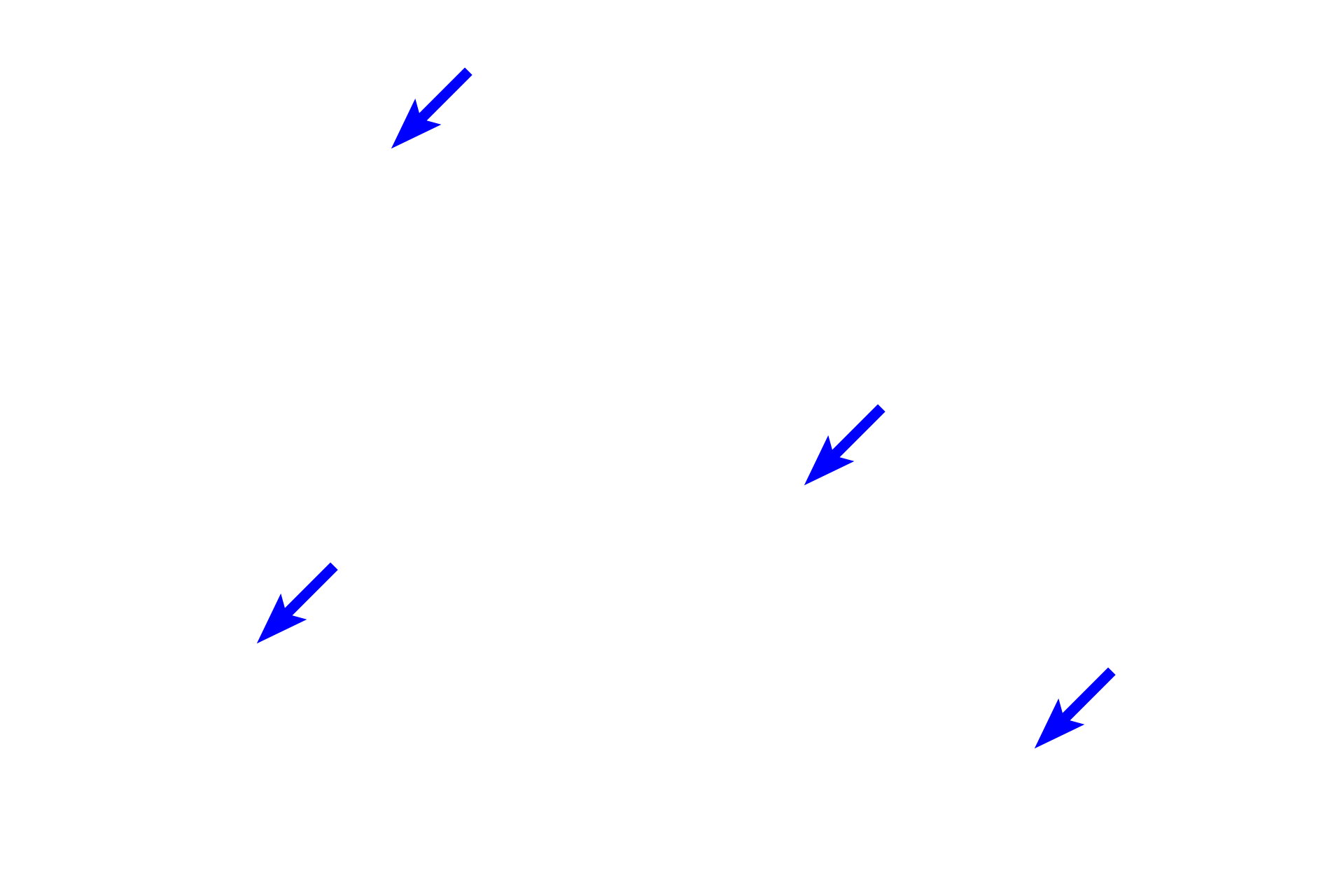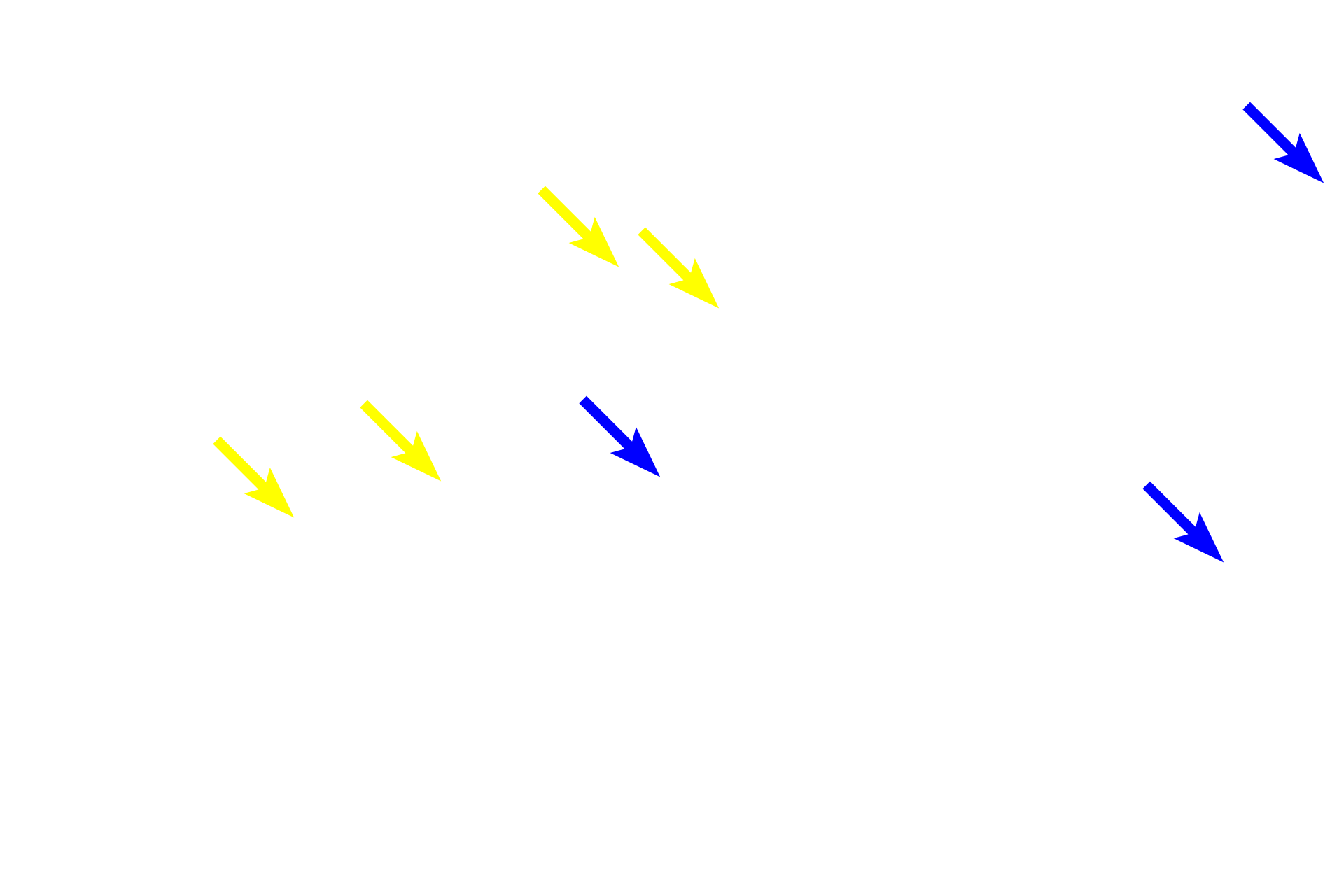
Structure of compound glands
Most simple glands are microscopic or just visible with the naked eye. Most compound glands are macroscopic, even dissectible, organs such as the salivary glands. Because these glands are large, they possess a complex duct system, and the secretory portion is subdivided by connective tissue into lobules. Parotid gland 40x

Lobules >
A compound gland is subdivided by connective tissue septa into lobules containing the secretory units, intralobular ducts and intralobular connective tissue. In this parotid salivary gland, the secretory units consist entirely of secretory acini (alveoli) and thus is an example of compound acinar gland, secreting a entirely serous product.

Interlobular connective tissue
A compound acinar gland is subdivided by connective tissue septa into lobules consisting of secretory units, intralobular ducts and intralobular connective tissue. In this parotid salivary gland, the secretory units consist entirely of secretory acini (alveoli) secreting a serous product.

Ducts >
Intralobular ducts (yellow arrows), located entirely within a lobule, drain the secretory units of a compound gland. Intralobular ducts merge to form interlobular ducts (blue arrows) that drain multiple lobules and are located in the intervening connective tissue.